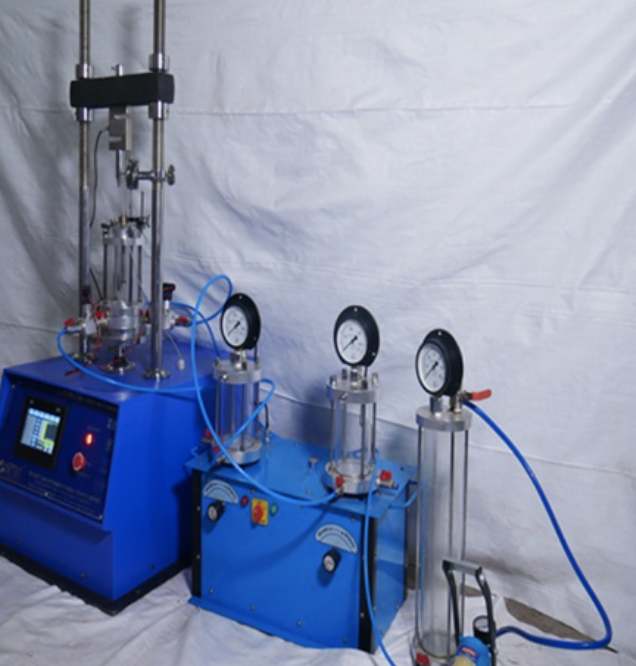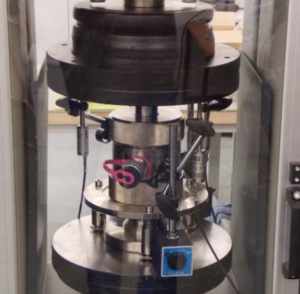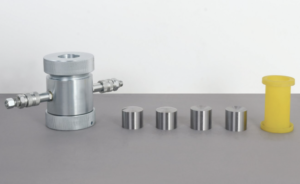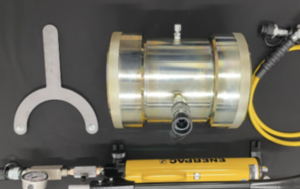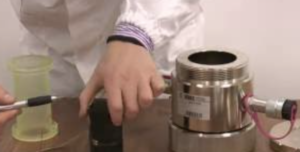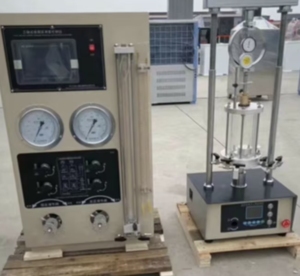How Many Types of Triaxial Tests Are There?
Triaxial tests are a core part of geotechnical engineering, helping us understand how soil behaves under pressure. But did you know there isn’t just one kind of triaxial test? In fact, there are three main types, each tailored to simulate different field conditions. These variations—UU, CU, and CD—are chosen based on how water moves through the soil during testing. Beyond that, specialized and advanced methods have been developed to explore soil behavior even further. Let’s break them down.
Unconsolidated Undrained Test (UU)
Often called the quick test, the UU test is the simplest and fastest triaxial method. It’s typically used for soft clays1 and preliminary site investigations2.
Key Characteristics:
- No drainage allowed at any stage.
- Sample is tested immediately after applying confining pressure—no consolidation period.
- Tests are completed quickly, typically within an hour.
What it tells you:
- Total stress parameters only (not effective stress).
- Good for short-term stability analysis3 (e.g., undrained loading right after construction).
| Feature | UU Test |
|---|---|
| Drainage | Not allowed |
| Consolidation | None |
| Pore Pressure Measured | No |
| Use Case | Temporary loads, embankments |
This test is common for low-cost, quick assessments, but it’s limited in terms of data detail.
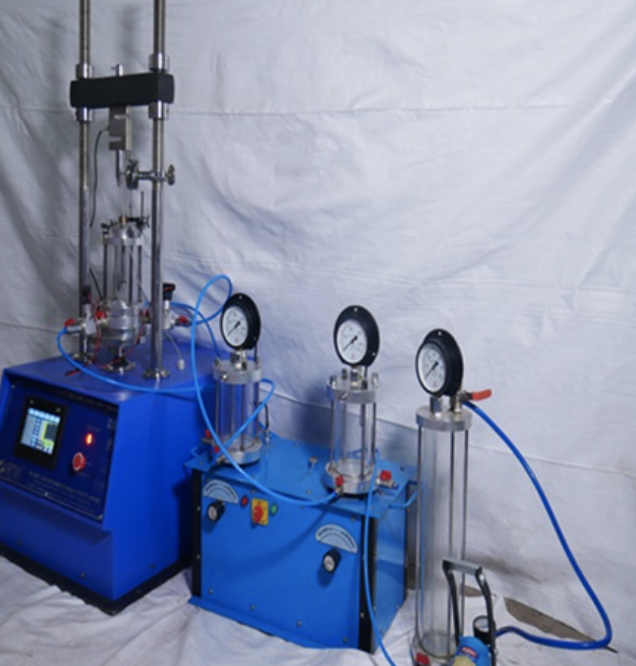
Consolidated Undrained Test (CU)
The CU test includes a consolidation phase4, making it more realistic for long-term load simulations. However, it still does not allow drainage during shearing.
Key Characteristics:
- Drainage allowed during consolidation only.
- Pore pressure is monitored during undrained shearing.
- Can derive both total and effective stress parameters5.
What it tells you:
- More accurate understanding of saturated soil behavior6.
- Used in critical projects like dams, foundations, and retaining structures.
| Feature | CU Test |
|---|---|
| Drainage | Allowed during consolidation |
| Consolidation | Yes |
| Pore Pressure Measured | Yes |
| Use Case | Long-term saturated conditions |
CU is widely used due to its balance of realism and data richness.
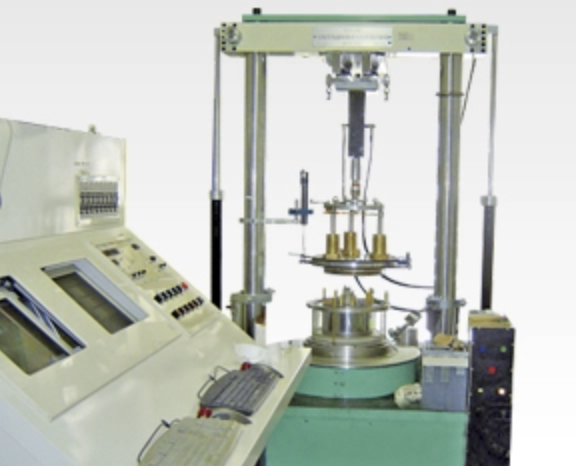
Consolidated Drained Test (CD)
The CD test is the most time-consuming, but it provides the clearest picture of effective stress behavior in soils, especially for long-term load scenarios.
Key Characteristics:
- Drainage is allowed throughout the entire test.
- Pore pressure remains zero, or close to it, by design.
- Long duration, especially for low-permeability soils like clay.
What it tells you:
- Direct access to effective stress parameters.
- Ideal for evaluating long-term stability and slow loading conditions (e.g., slopes, embankments).
| Feature | CD Test |
|---|---|
| Drainage | Allowed throughout |
| Consolidation | Yes |
| Pore Pressure Measured | Not necessary |
| Use Case | Long-term slope stability |
CD tests are crucial when precision matters, especially in high-risk, high-investment projects.
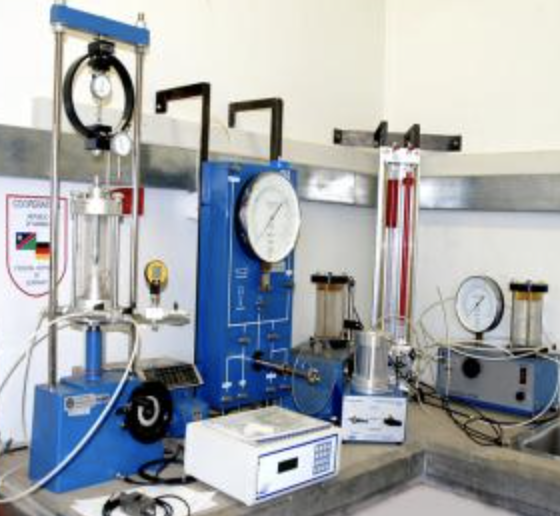
Special Variants and Advanced Testing
Beyond the standard trio, engineers also employ specialized versions of triaxial tests to simulate complex field conditions or gather advanced data.
Advanced Types Include:
- Stress Path Triaxial Tests: Simulate actual field stress paths to observe response under complex loading.
- Cyclic Triaxial Tests: Used for evaluating liquefaction potential during earthquakes.
- True Triaxial Tests: Allow independent control of all three principal stresses—not limited to axial symmetry.
- Bender Element Triaxial Tests: Measure shear wave velocity for stiffness characterization.
- Temperature-Controlled Triaxial Tests: Examine thermo-mechanical behavior, useful in permafrost or nuclear waste studies.
| Test Variant | Application |
|---|---|
| Cyclic Triaxial | Earthquake response, liquefaction |
| True Triaxial | Rock mechanics, complex field loading |
| Stress Path | Advanced slope and foundation design |
| Bender Element | Small-strain stiffness studies |
These tests are often used in research, advanced design, or high-risk infrastructure.

Conclusion
There are three primary types of triaxial tests—UU, CU, and CD—each simulating different real-world conditions through drainage control. Beyond them, a range of advanced variants help engineers explore soil behavior in greater depth. Choosing the right triaxial test means aligning your lab strategy with project goals, soil type, and time constraints, ensuring safety and performance from the ground up.
-
Understanding soft clays is crucial for effective site investigations and foundation design. Explore this link for in-depth insights. ↩
-
Preliminary site investigations are vital for assessing site conditions and risks. Discover more about their significance in construction. ↩
-
Short-term stability analysis is essential for ensuring safety during construction. Learn more about its methods and applications here. ↩
-
Understanding the consolidation phase is crucial for grasping how soil behaves under long-term loads, especially in engineering projects. ↩
-
Learning about total and effective stress parameters is essential for engineers to design safe and stable structures. ↩
-
Exploring saturated soil behavior helps in predicting soil performance in critical structures like dams and foundations. ↩

